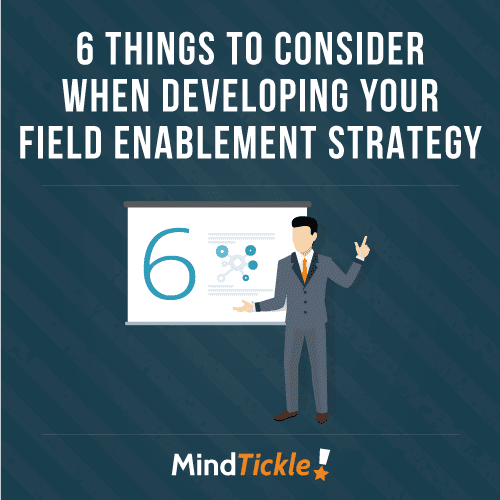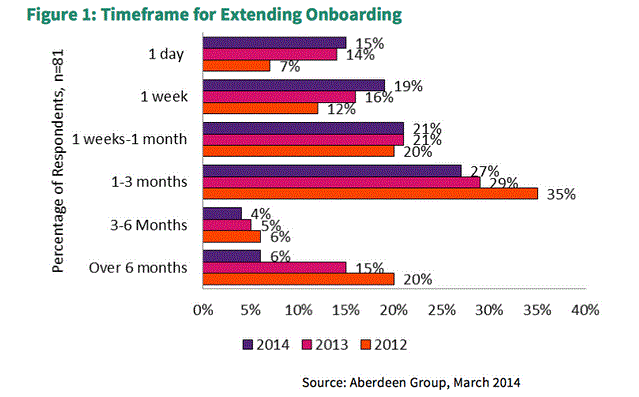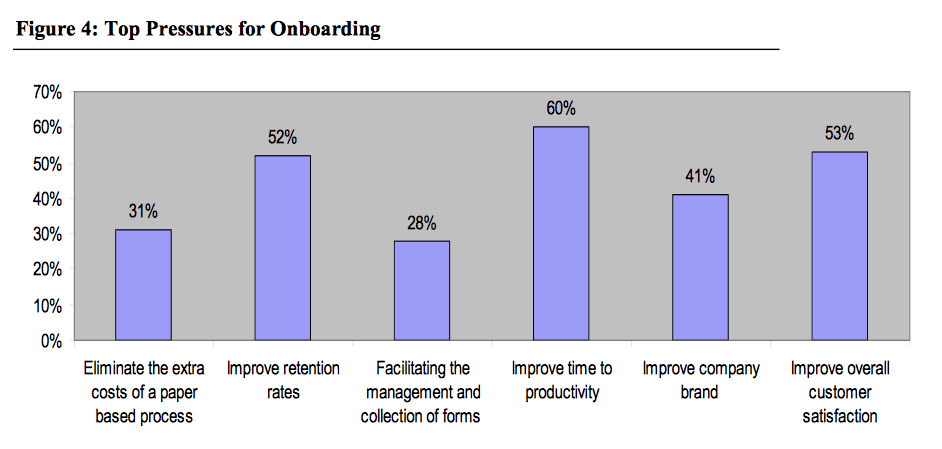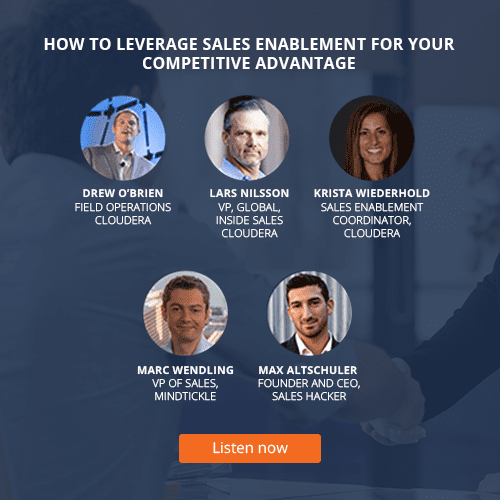6 Things to Consider when Developing Your Field Sales Enablement Strategy
“Lack of direction, not lack of time, is the problem. We all have twenty-four hour days” ~ Zig Ziglar


1. What is the role of sales enablement and management in your organization?
Understanding who has responsibility for what in your business can influence how you structure the development of your sales enablement initiatives. In some businesses, sales enablement takes on the broad role of enabling the entire sales organization, while in other organizations they just focus on providing sales collateral and product content. This leaves local and field enablement in the hands of sales managers, who may also be distributed, making it even harder to develop effective enablement initiatives.
Another factor to consider is the proximity of each team. If your field teams are all located in the same state, there may be more opportunity for them to meet periodically to discuss issues and updates and share success stories. Whereas if you have a globally distributed team more enablement effort may be required to foster collaboration and communication between teams and individual reps.
2. What are your business objectives?
Your business objectives are the guiding light that drives all aspects of your enablement strategy. While increased revenue is a given objective for every business, your underlying business needs may differ considerably depending on the agility and stage of your sales organization. If you’re a high growth startup that’s scaling rapidly by hiring, ramping up reps in remote locations is likely to be high on your agenda. Whereas if you have a large and distributed sales team, then feeding them ongoing competitive updates and ensuring your reps are executing your business strategy effectively is your number one priority.
Regardless of your industry, accountability is key for field sales enablement. Particularly as your managers can’t be physically present to see the activity or application of knowledge by each rep every day. This means leveraging technology, to track their knowledge and how they apply it, is essential.
3. What type of sales do your reps need to do?
Field sales reps tend to focus on either complex or consultative selling (like selling security software to a Fortune 500 company) or simple commodity selling (for example selling FMCG beverages and electronics to mom and pop stores). Being agile at scale is a priority for both scenarios. This is where enabling mobile communication with bite-sized push notifications is important.
Pro tip: We’ve seen gamification work really well to drive engagement in these circumstances.
By the nature of their role field sales reps also tend to work remotely. This means they miss out on water cooler conversations with their peers about how they closed that big deal. Peer success stories that can be delivered through a mobile app are a good way to open up communication across geographies and learn from each other.
4. What kind of sales culture do you want?
There is often a danger that field sales reps can miss out on being part of a team culture or even develop their own individual work culture. Because many field reps don’t see their colleagues regularly that doesn’t mean they can’t be part of a broader team culture, it’s just harder for you to create.
The first place to start is by clearly defining what type of sales culture you want your team to have. How should your reps position themselves when in front of a customer? What values should they share? Once you have defined your vision you can then determine how to execute it. Whether it’s through a weekly podcast where you share business updates and wins or structured coaching programs.
With field teams, it’s also important to pulse check their engagement more regularly to ensure they’re still satisfied or have any feedback to improve the culture. This can be achieved by pushing a quick survey to their mobile device each month or quarter. This one small exercise could potentially save you thousands of dollars in staff turnover in the long-run.
5. What does your industry/product/customer require?
As field reps tend to spend more time out of the office, their mobile device can become like a pseudo office if they’re enabled well. This is where the value of mobile sales enablement really comes to the fore for a field rep. So if they’re selling FMCG products they’re likely to need access to large catalogs, promotional and pricing updates, while a niche software rep may need access to complex product information.
Enabling your field reps with content that they can access on their mobile device, even when they’re offline, that is easy to search and bookmark can be a life-saver. They won’t be left fumbling through huge documents when they’re sitting in front of a customer and can quickly search and read up on something before a big meeting.
6. When do they need information?
Field reps are time poor and always on the go. While it may be convenient for you to push out information as it becomes available, it may make more sense for them to have periodic updates. By feeding your field sales reps information and content when they actually need it, they are more likely to consume it. So consider whether a spreadsheet of next month’s pricing updates should be sent out now or at the end of the month.
These six points each help provide the basis for putting in place a comprehensive framework for field enablement. Once you have a framework in place and your initiatives outlined, you’ll be on your way to achieving your business objectives.












